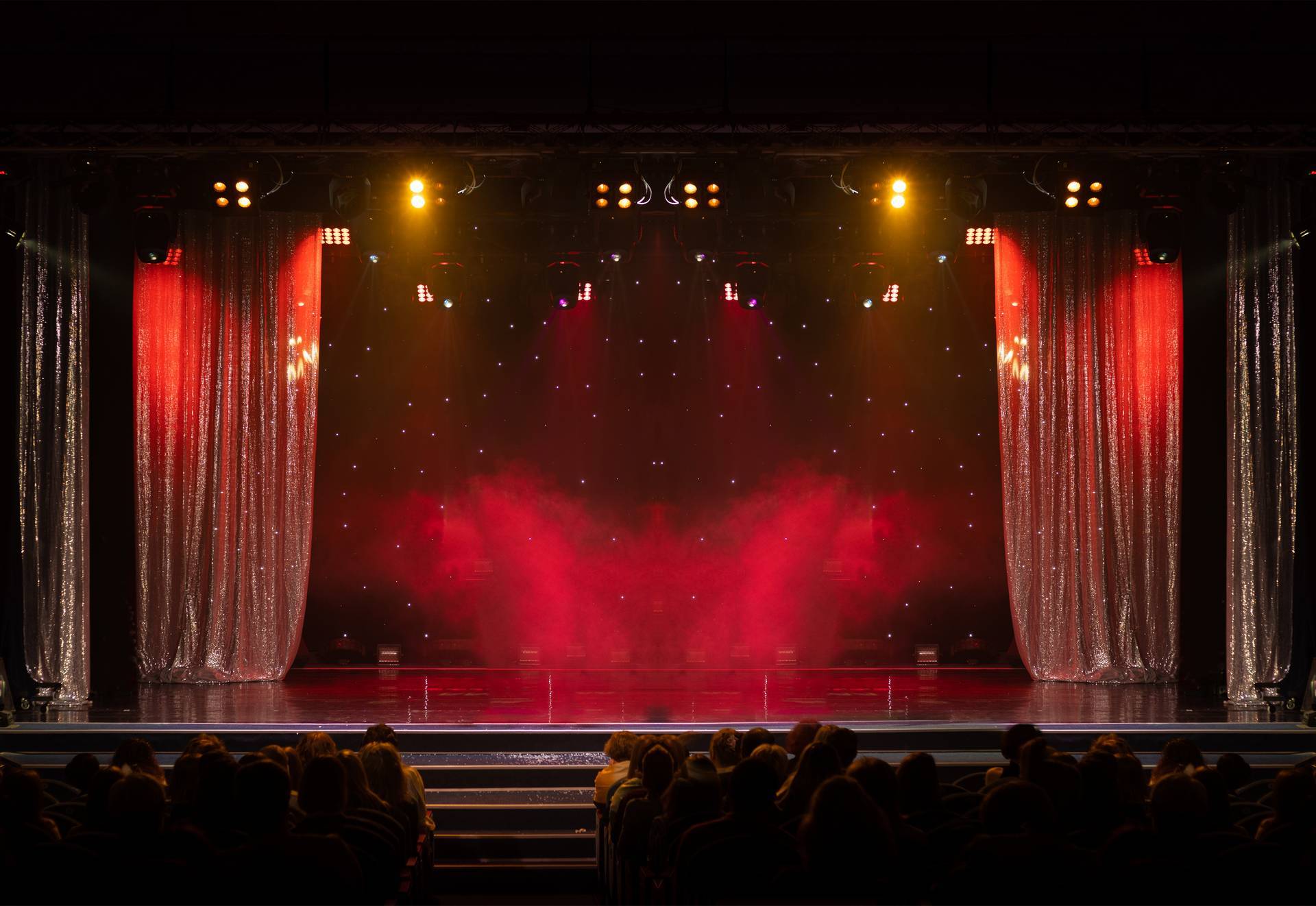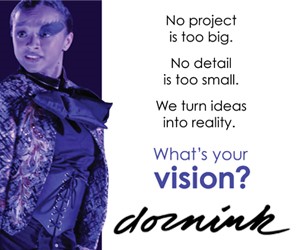
The Importance of Stage Sets in Show Choir Performances
A show choir’s stage is not just a space; it’s a canvas waiting to be painted with light and color. The stage sets the tone for the performance, providing a backdrop that complements the music and choreography. Here’s why stage sets are integral to creating a captivating show:
1. Visual Storytelling: The right stage set can instantly transport the audience to a different time, place, or emotion, enhancing the storytelling aspect of the performance. It also reinforces the story’s theme. Whether it’s a love story or an energetic pop medley, the set serves as a visual cue, reinforcing the thematic elements of the performance.
2. Enhancing Choreography: Lighting can be strategically used to accentuate dance routines, drawing the audience’s attention to specific movements and creating a dynamic visual experience. Other effects such as fog or haze can add depth to the stage, making dance sequences more visually appealing and immersive.
3. Audience Engagement: Well-designed lighting directs the audience’s attention to key performers or moments, ensuring that the intended focal points are emphasized. The right combination and timing of lighting and effects can evoke emotions, forging a deeper connection between the performers and the audience.
Choosing the Right Equipment
What does it take to pull off a spectacular stage set? The right equipment for your performance can turn a show choir concert into a dazzling visual spectacle.
1. Intelligent Lighting Systems: Moving head fixtures are versatile lights that can pan, tilt, and change colors, offering dynamic lighting effects that add excitement to a performance. Meanwhile, spotlights are ideal for highlighting soloists or key performers, providing a focused beam of light that draws attention to specific areas on the stage.
2. LED Panels and Strips: LED panels can be used to create vibrant color washes, transforming the mood of the stage and complementing the music. LED strips can be programmed to create dynamic chase effects, adding a visually stimulating layer to the performance.
3. Special Effects Machines: Who can resist the element of spectacle produced by special effects? Fog and haze machines, for instance, can add atmosphere to the stage, enhancing the visibility of lighting effects and creating a sense of depth, while confetti cannons are perfect for celebratory moments. Confetti cannons can also add a thrilling visual element to the climax of a performance.
4. Projection Mapping: Projection mapping allows you to display custom visuals or scenic backgrounds, transporting the audience to different settings without the need for elaborate physical sets. Combine projection mapping with choreography to create dynamic visual effects that sync seamlessly with the music.
5. Control Systems: Invest in a sophisticated lighting console that allows for precise control over color, intensity, and movement, enabling seamless coordination with the music and choreography. You might also consider a DMX controller, which facilitates communication between lighting fixtures, ensuring a synchronized and cohesive lighting design.
Putting It All Together
Now that you have an understanding of the equipment available, let’s explore how to effectively integrate lighting and effects into your show choir concert.
1. Collaborative Design: Start by collaborating with experienced lighting designers who understand the nuances of show choir performances. Their expertise can help translate your vision into a visually stunning reality. Producers should also work closely with their choreographers to identify key moments in the performance that can be accentuated with specific lighting effects.
2. Rehearsals with Lighting: Conduct technical rehearsals with lighting and effects to fine-tune the synchronization between music, choreography, and visuals. Encourage open communication between performers, directors, and lighting designers during rehearsals to address any adjustments or improvements needed.
3. Storyboarding Lighting and Visual Effects: Develop a lighting plot that outlines the intended lighting cues for each segment of the performance. This serves as a roadmap for the lighting team during the concert. If using projection mapping or dynamic visuals, create storyboards to ensure that the visual elements align seamlessly with the narrative of the performance.
4. Adaptability and Flexibility: Be prepared to make real-time adjustments during the concert based on the energy of the audience, the pacing of the performance, and any unforeseen circumstances. Have contingency plans in place for technical glitches or equipment malfunctions to minimize disruptions during the concert.
It’s hard to overstate the role of lighting and effects in the production of a great show choir performance. A well-designed stage set, complemented by sophisticated lighting and effects, transforms a concert into a mesmerizing journey. Embracing the potential of these elements not only elevates the quality of your productions but also ensures that your choir’s performances are etched in the memories of all who experience them. So illuminate the stage, tell your story, and let the magic unfold in the spotlight of your premier show choir concert.











